The Batroun District is abundant in cultural and historical treasures, making it an exciting destination for those who want to unearth a bygone era. As USAID’s Trade and Investment Facilitation (TIF) project is working to raise the profile of the district and improve its tourism offering, we discover the ancient side of the Batroun District by exploring some of the region’s oldest sites.
 Old Souks of Batroun
Old Souks of Batroun
The old souk of Batroun is a vibrant marketplace located in the heart of the city. Featuring winding alleys and ancient structures, it dates back to the time of the Phoenicians. The souk offers a colorful array of shops that sell everything from spices and sweets to traditional clothing and handicrafts. Despite the ever-changing world, the souk remains a symbol of tradition and community, showcasing the rich history and culture of the city.
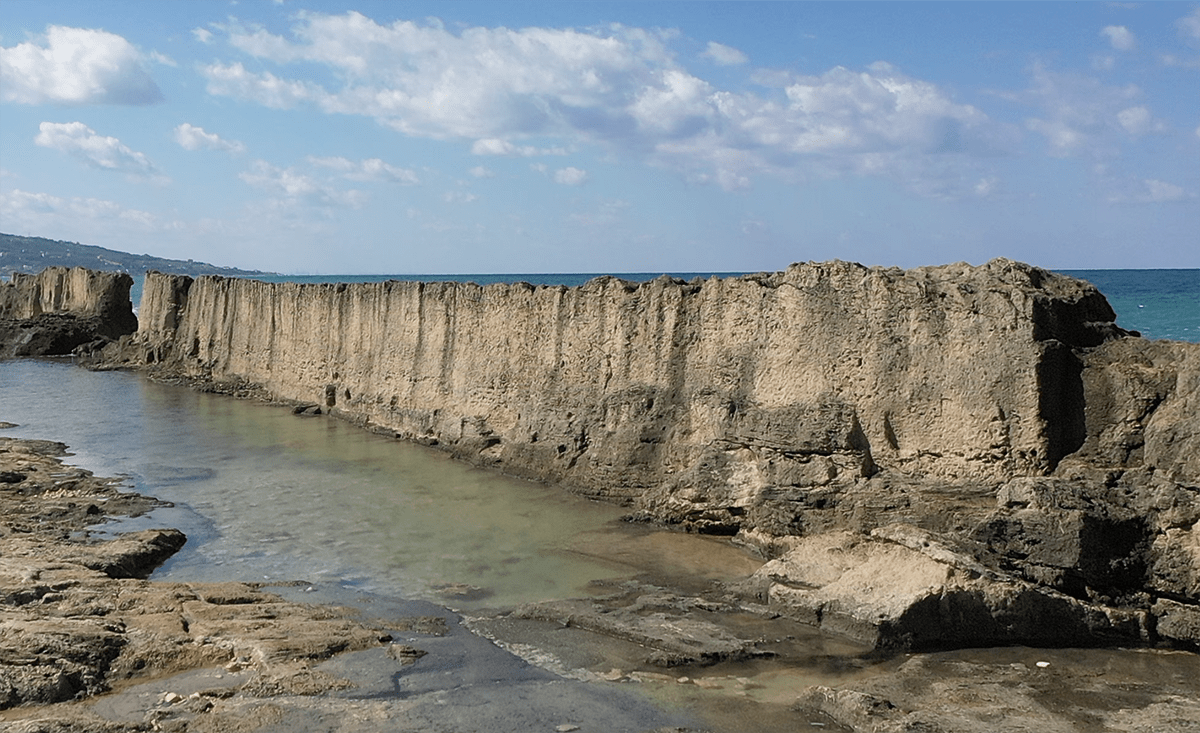
Photo credit: Maya Metni
The Phoenician Wall
The Phoenician Wall is one of the Batroun District’s most well-known landmarks. Originally a natural structure of petrified sand dunes, it was fortified by the Phoenicians to protect against sea storms and invaders. The Romans later used it as a quarry. Despite parts of the wall collapsing, it still stands strong at 225 meters long and serves as a fortress against the sea.
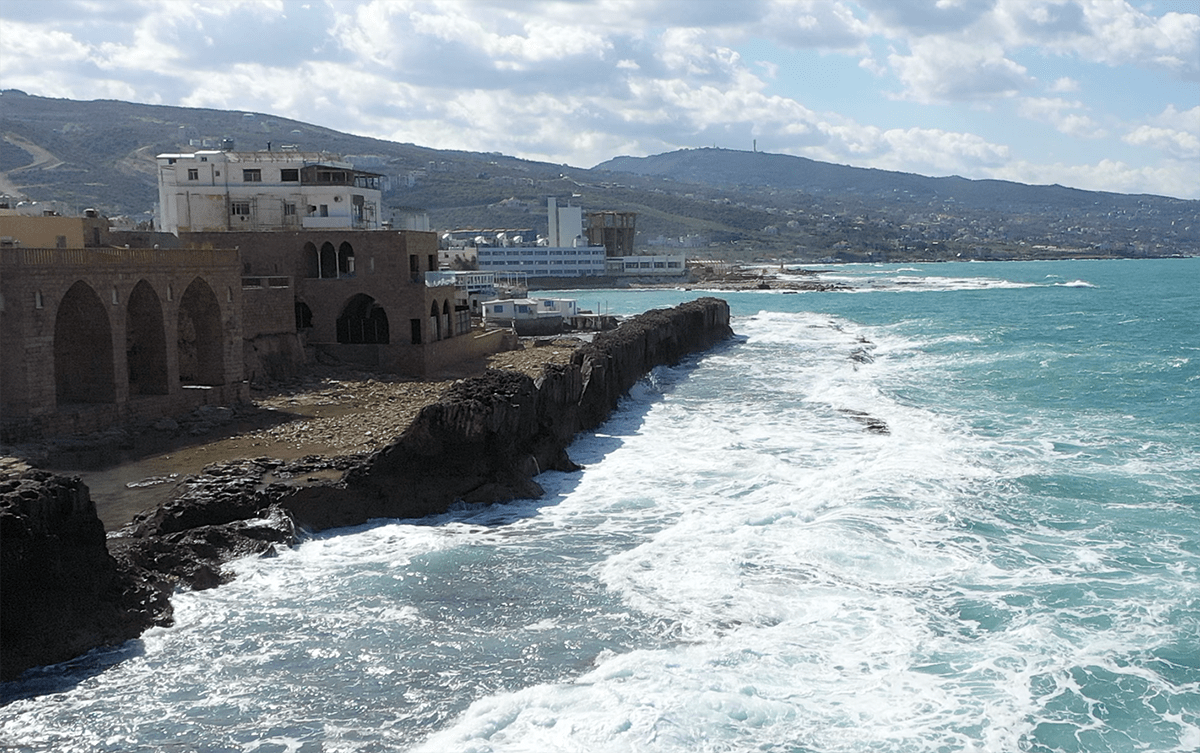
Photo credit: Maya Metni
Our Lady of the Sea Church
Built next to the Phoenicia Wall of Batroun on the site of a former Byzantine church, the 19th-century Our Lady of the Sea is characterized by its vaulted ceiling and stone walls. The church has undergone numerous renovations over the years staircase, a single aisle way, and a two-door Byzantine style altar with a built-in arch. The ceiling is high and arched in a Byzantine style, and the church also features traditional sand rock baptismal tub and icons painted in 1863.
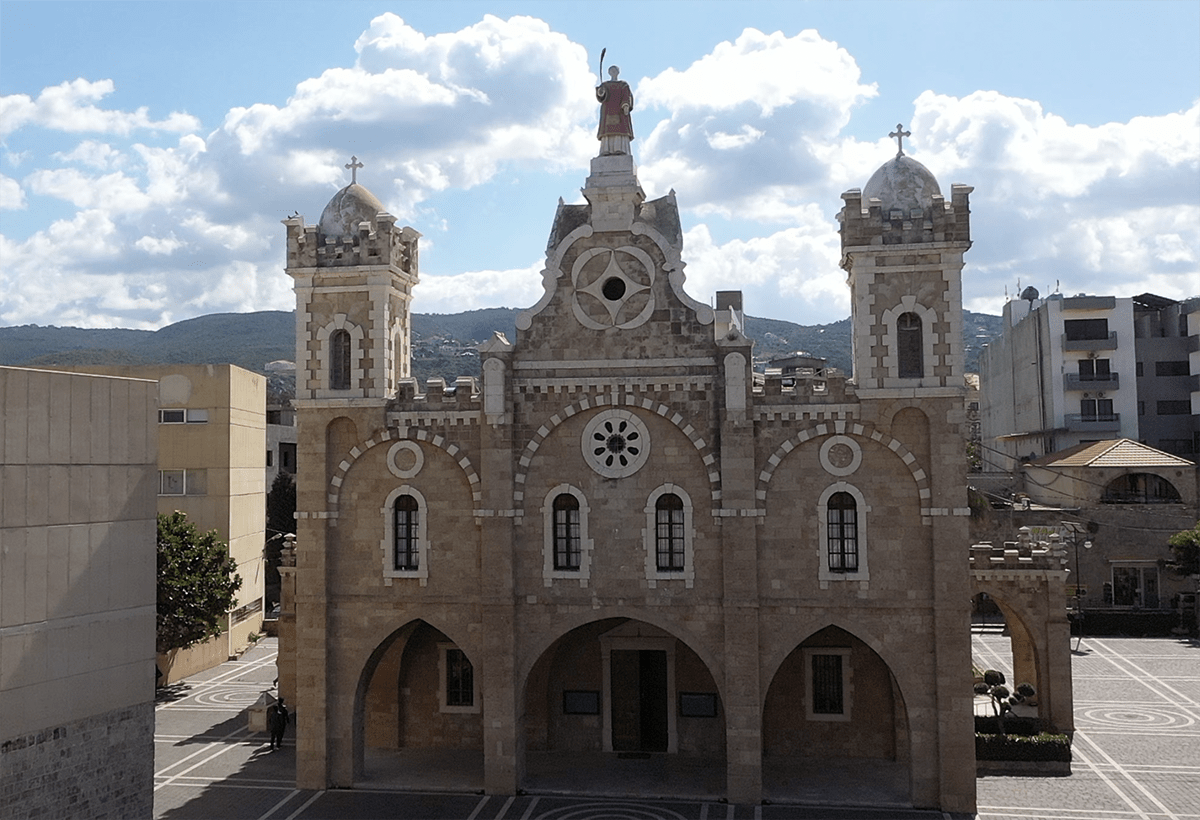
Photo Credit: Maya Metni
St. Stephen’s Cathedral
The Maronite Cathedral of Saint Stephen (Mar Estephen) in the Batroun District was built in the early 1900s on top of a small Crusader church. The Italian architect, Giuseppe Maggiore, oversaw the cathedral’s construction, which incorporates Byzantine, Roman, and Gothic art influences. Constructed from Batroun sandstone, the cathedral has a main nave, two wards facing east and west, and three bell towers. The cathedral’s huge marble columns were sourced from the Astarte temple of Deir El Qalaa in Beit Mery. It also has three altars, with the central altar featuring a painting of Saint Stephen by the Italian painter Giosti.
 Douma Old Souk and Village
Douma Old Souk and Village
Douma is a beautiful village that boasts traditional architecture: stone buildings with distinctive red-tiled roofs. The village’s souk offers artisanal handmade crafts and souvenirs. The village is also home to historic churches and monasteries, including the Ste. John dating back to the 17th century, which features a beautiful courtyard and an impressive collection of religious artifacts.
 Mseilha Fortress
Mseilha Fortress
Mseilha Fortress is a historical monument located in the north of the village of Hamat, part of the Batroun District. The fortress is believed to have been built by Emir Fakhreddine II in the 17th century AD as a military stronghold to protect the route from Tripoli to Beirut. The fortress is situated on a steep hill overlooking the Nahr el-Jawz River, offering a strategic location for defense. The fortress was constructed using local limestone and features several defensive structures.
 Smar Jbeil Fortress
Smar Jbeil Fortress
The fortress, constructed by the Phoenicians and under the Persian Empire’s control in 555 BC, was acquired by Alexander the Great in 331 BC. During the Middle Ages, the Maronites and their army, the Maradaites, took refuge in the fortress, and it was also the See of the First Maronite Catholic Patriarch. The Maradaites defended Smar Jbeil, ultimately emerging victorious in the battle fought in Amyoun, 30 kilometers north of the fortress.
 Hardine Roman Temple
Hardine Roman Temple
Built in the 2nd century, the imposing Roman temple of Hardine is perched at an altitude of 1, 460 meters above sea level and boasts a 360-degree view of neighboring villages and the shores of Batroun. Scholars believe that the temple was converted into a church during the Byzantine era. Today, visitors can admire what remains of the ancient site, including its six impressive columns.
For more details about the ancient side of the Batroun District, call Bchaaleh Trails Association on +961 3 808 072.
This article is part of a joint project to promote tourism destinations across Lebanon, launched by the Trade and Investment Facilitation (TIF) activity, funded by the United States Agency for International Development (USAID), and Hospitality Services. The content of this article is the sole responsibility of Hospitality Services, and does not necessarily reflect the views of USAID or the United States Government.
Loading

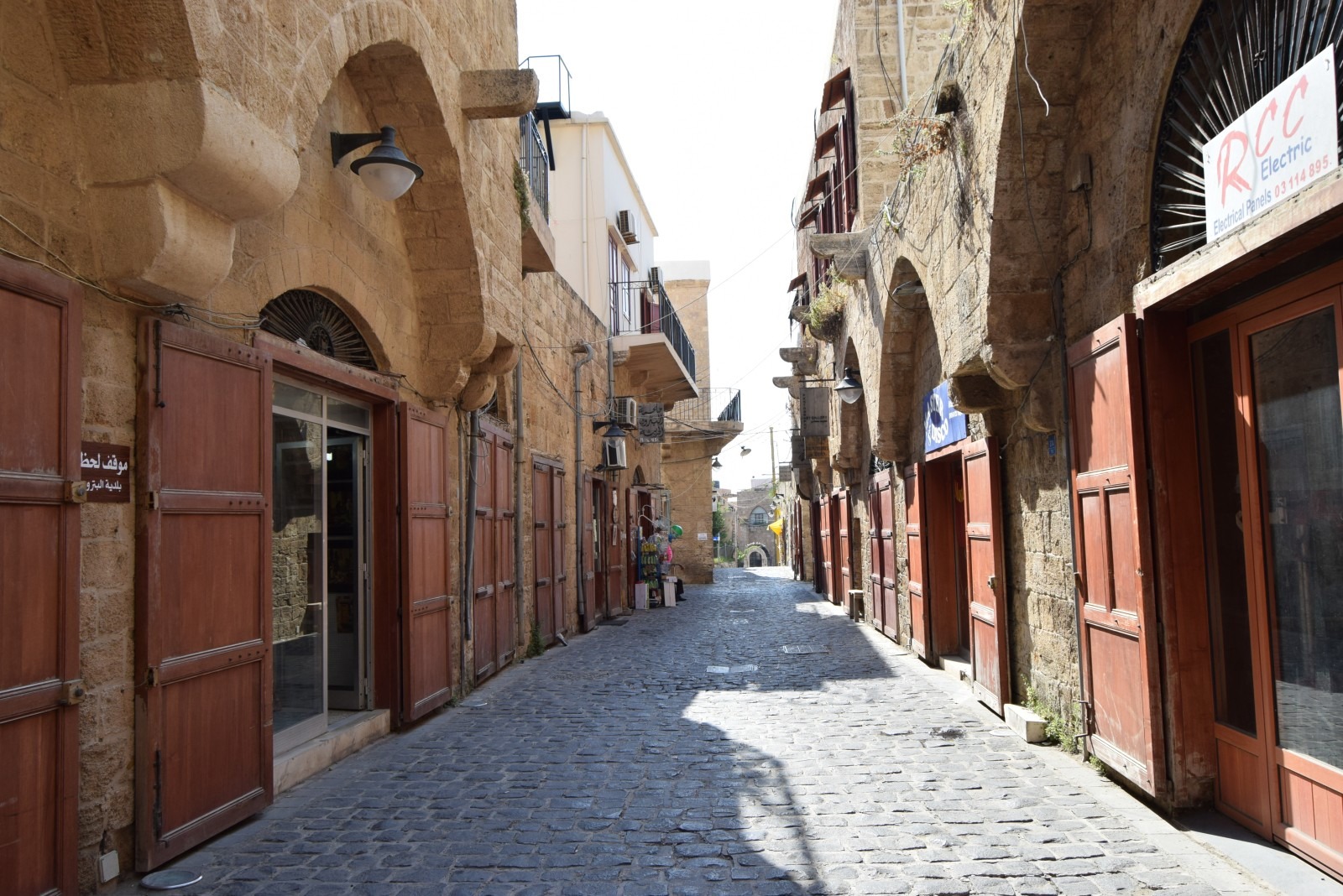 Old Souks of Batroun
Old Souks of Batroun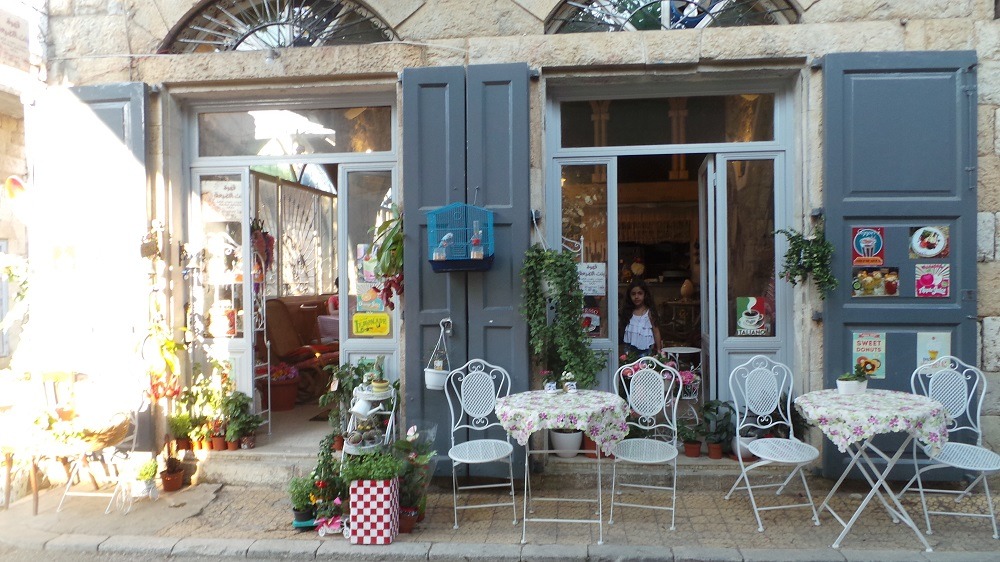 Douma Old Souk and Village
Douma Old Souk and Village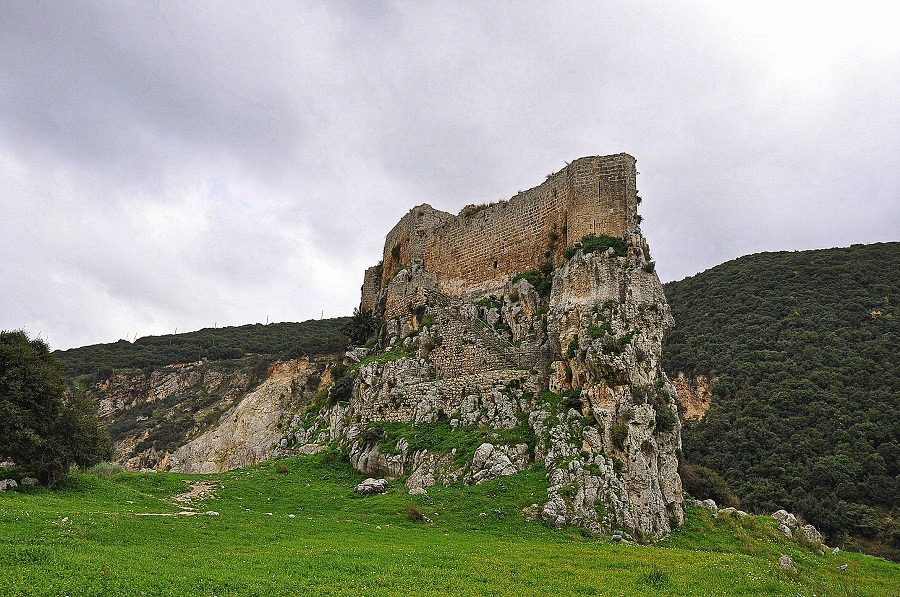 Mseilha Fortress
Mseilha Fortress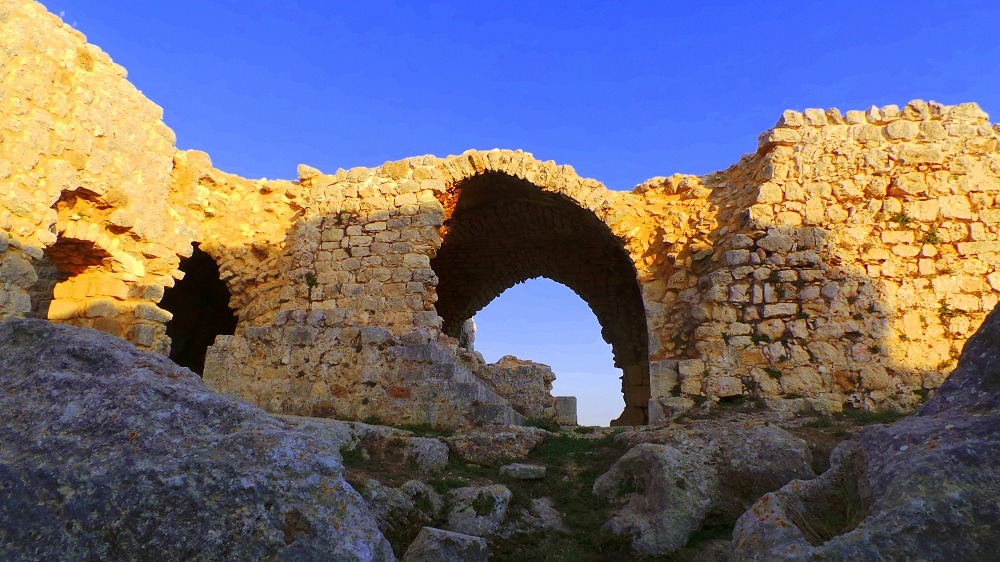 Smar Jbeil Fortress
Smar Jbeil Fortress 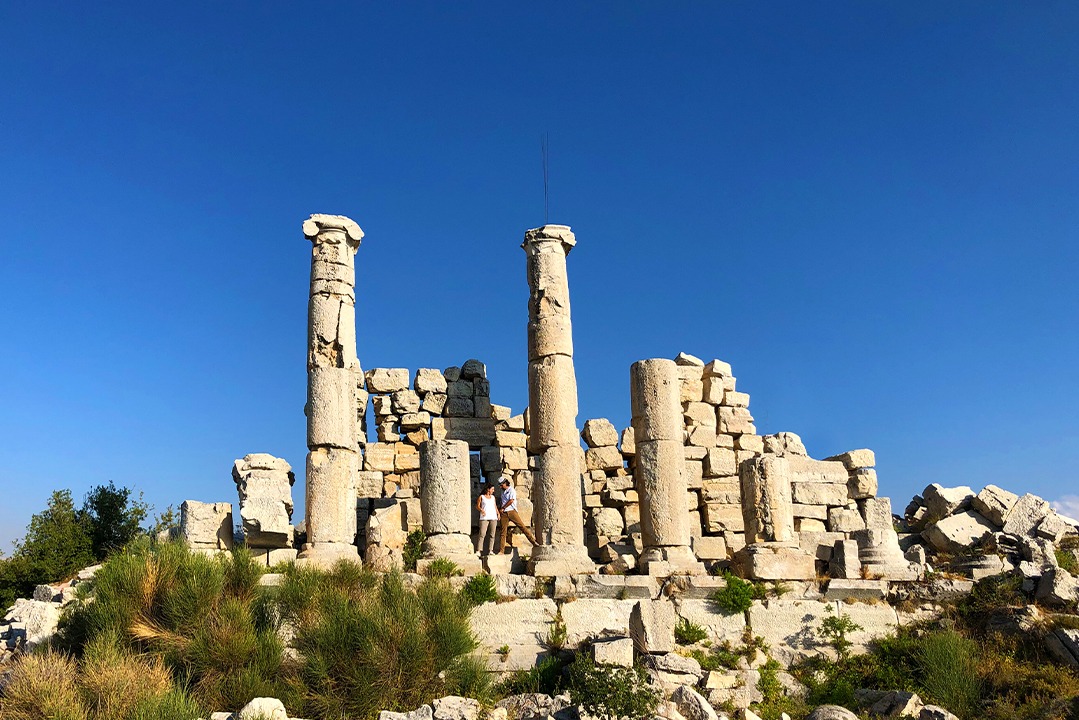 Hardine Roman Temple
Hardine Roman Temple